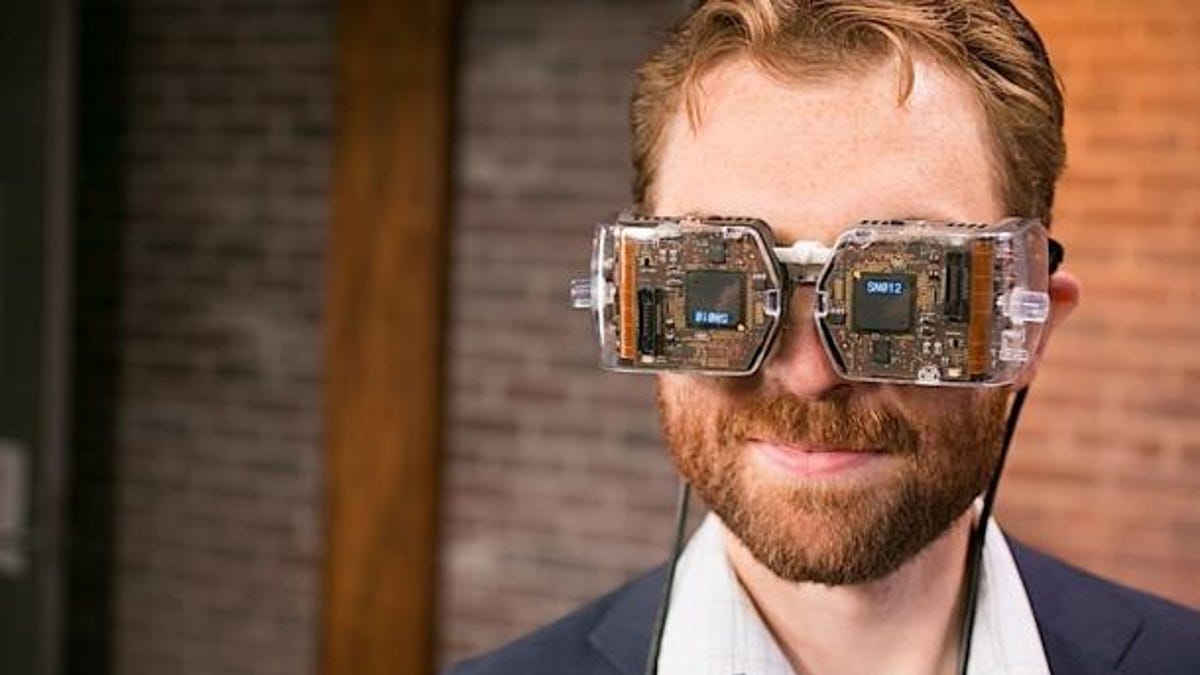Wearables expected to graduate to 2.0 at CES 2014
New research by Forrester indicates that wearable inventions are at the beginning of a boom that could eventually change the way people do their jobs and live their lives.

Wearables are expected to go the way of the Internet -- meaning they will eventually be omnipresent, according to a new report by research firm Forrester. And a big change in the industry is expected to happen at this year's Consumer Electronics Show when wearables will graduate from 1.0 to 2.0.
"If we're being honest, the wearables market is, in fact, suffering from a bit of a hype bubble. The ratio of devices released to those purchased represents a large number," J.P. Gownder, Forrester analyst and author of the report, wrote in a blog post on Monday. "But consider that the Internet itself suffered from a hype bubble circa 1999, and yet the Internet turned out to be just as important as people had imagined -- after a decade of growth, at least."
"Similarly, wearable devices -- and the apps, software, and services that make those wearables truly valuable -- will change the way workers do their jobs and how consumers manage their lives," Gownder continued.
Gownder believes some of these wearables and their new features will shine at CES this week. Just one day into the show and lots of wearables have already been showcased at the conference. On Monday, South Korea-based company 3L Labs showed its FootLogger, which is a Bluetooth-connected shoe insole that monitors activity levels and walking health issues. And Fitbug debuted its Fitbug Orb tracker, which gives users targeted 12-week fitness regimes.
For devices to be successful and long-lasting, they need to focus on three factors, Gownder said. First, companies will have to develop the integration of different services such as cloud and mobile platforms. Second, companies will need to work with existing institutions to create programs that use wearables -- such as hospitals handing out fitness devices. And, third, there should be a trend toward wearables specifically for certain industries, like health care, security, and engineering.
While new wearable inventions are popping up left and right, people won't see the devices en masse for a few more years. According to Forrester, piloting and early adoption will be seen from 2014 to 2016 and mainstreaming will happen from 2017 to 2019. From 2020 to 2024, wearables will become central to businesses.
"By 2020, wearables will be commonplace among some employees at many enterprises," Gownder wrote in the report. "The diversity of wearables means that specialization will be common as well -- devices tailored to verticals, roles within companies, and even unique to given organizations will be reasonably commonplace."

